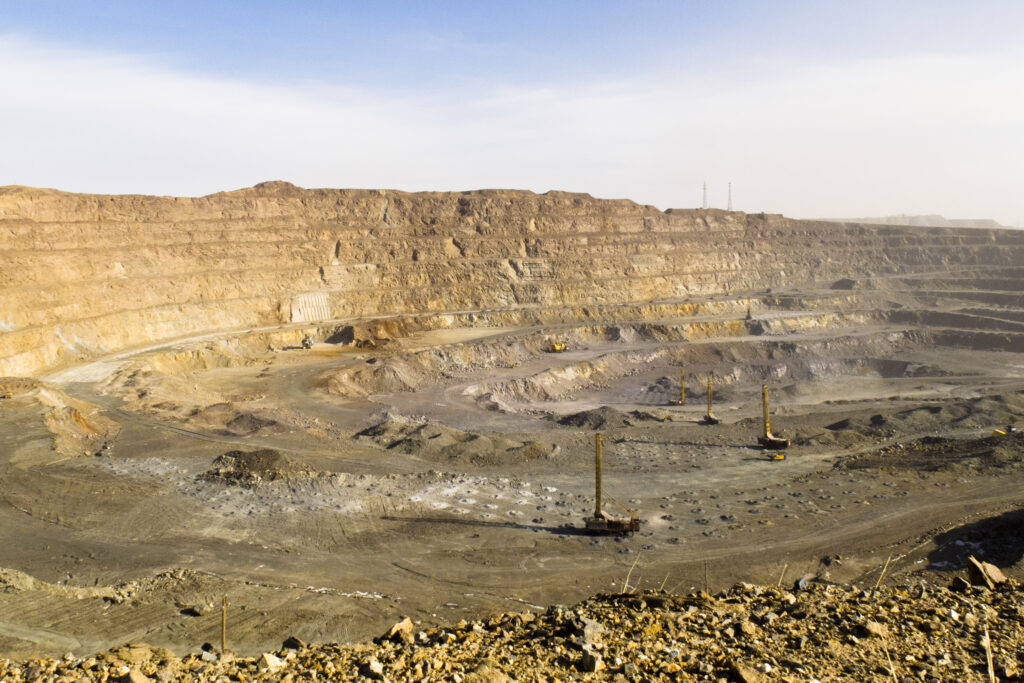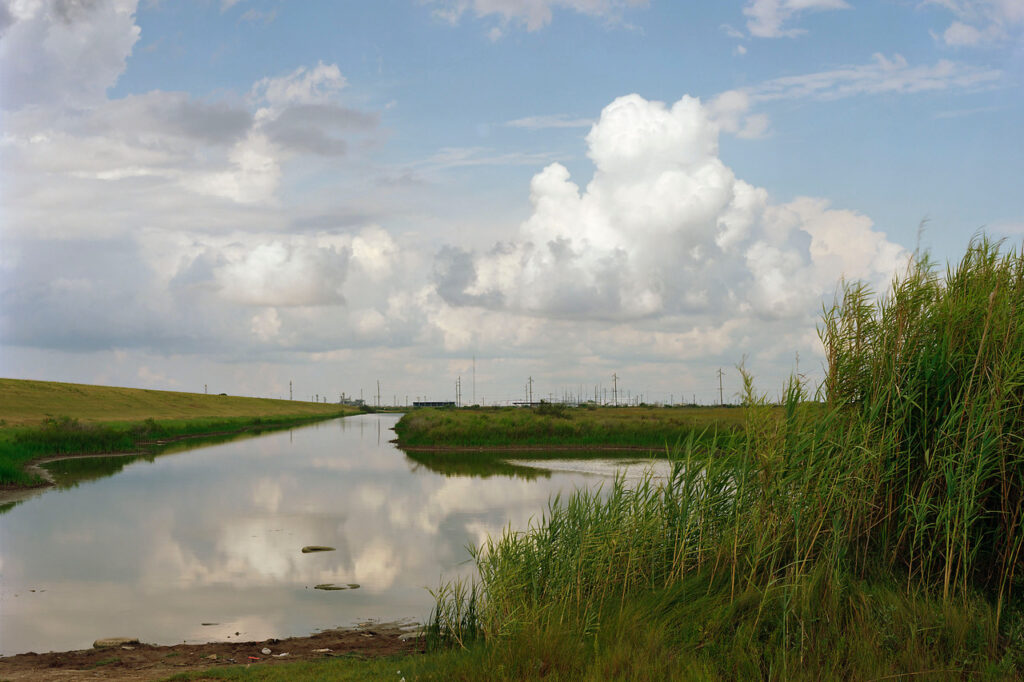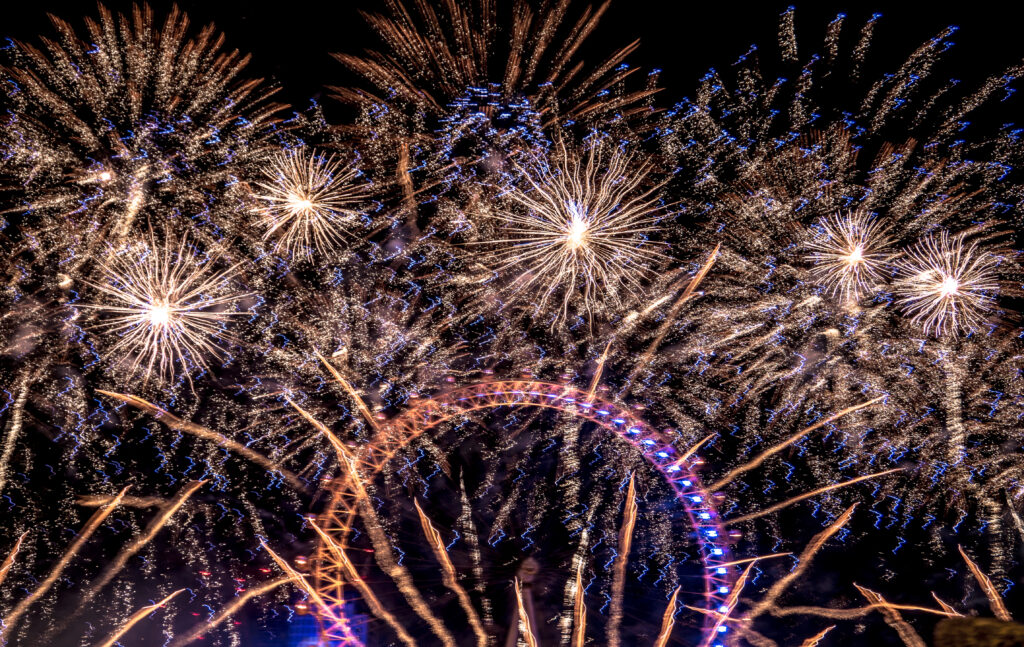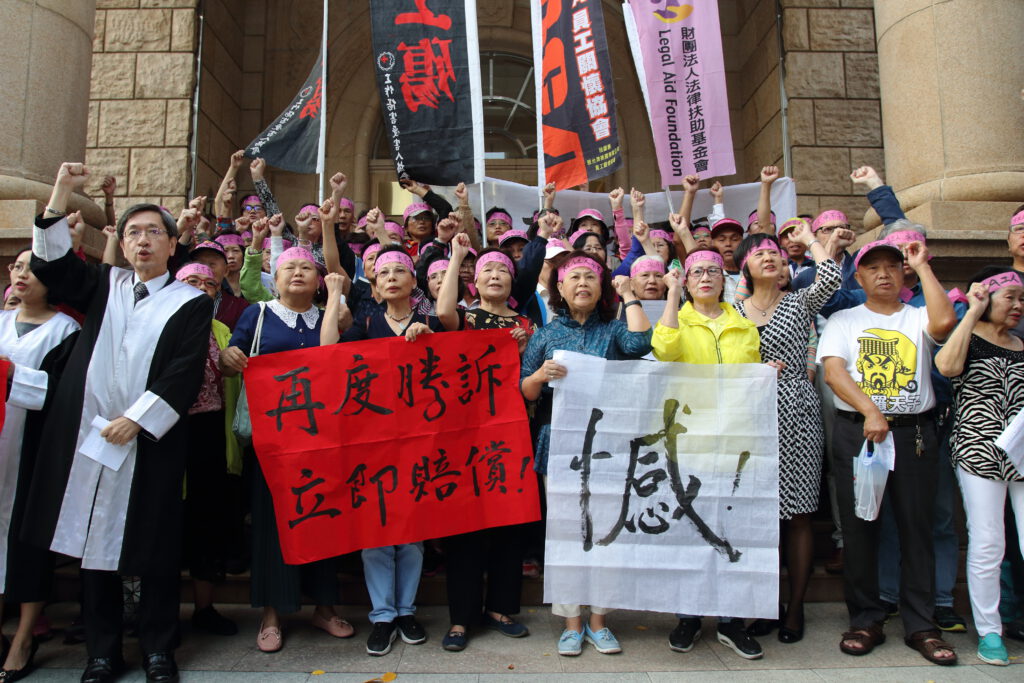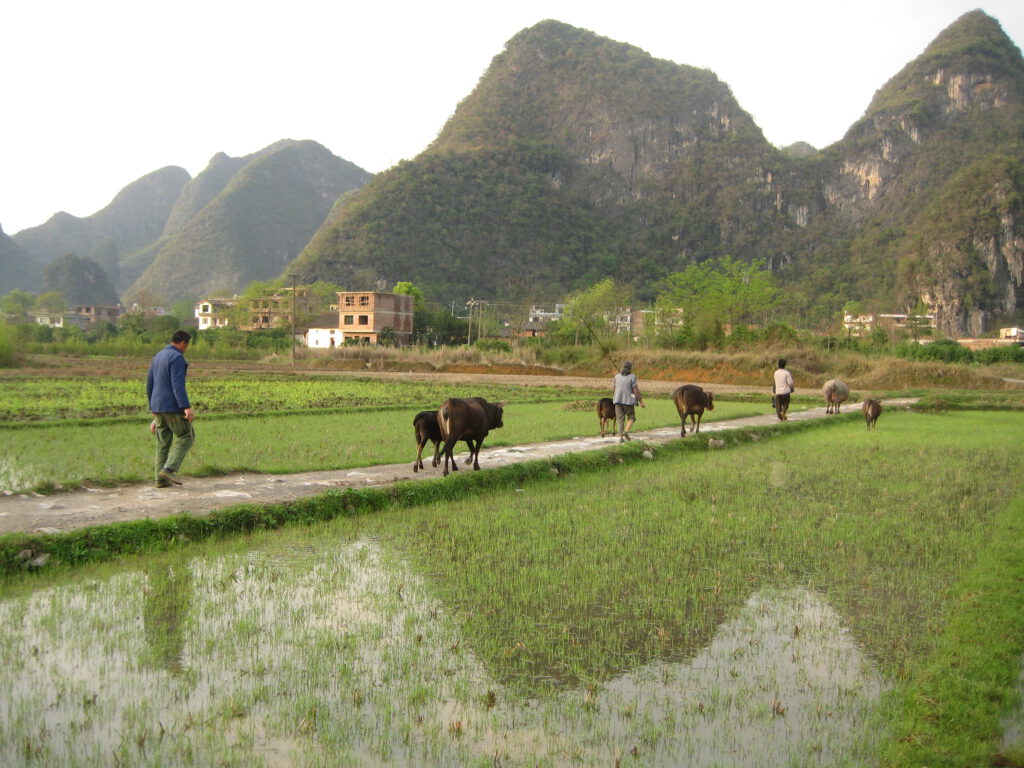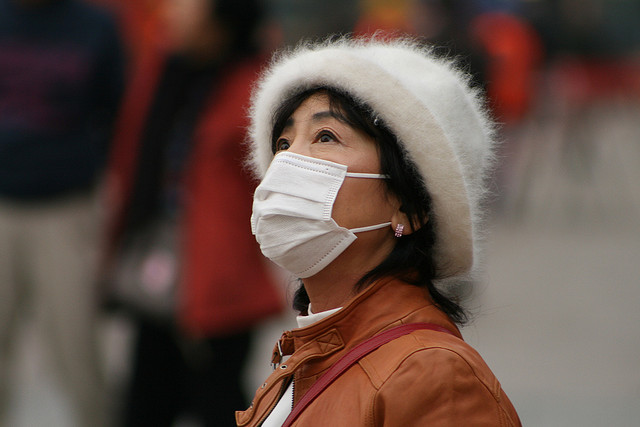Rare Earthenware: photography, pottery, and pollution
Explore the toxic geographies of ‘rare earth’ minerals with this original collaborative project Dr Thom Davies, Research Fellow at the Department of Sociology, University of Warwick @ThomDavies The device that you are staring at contains Rare Earth: minerals that help construct the digital devices of our late-modern lives. Though often unrecognized, rare earth metals are […]
